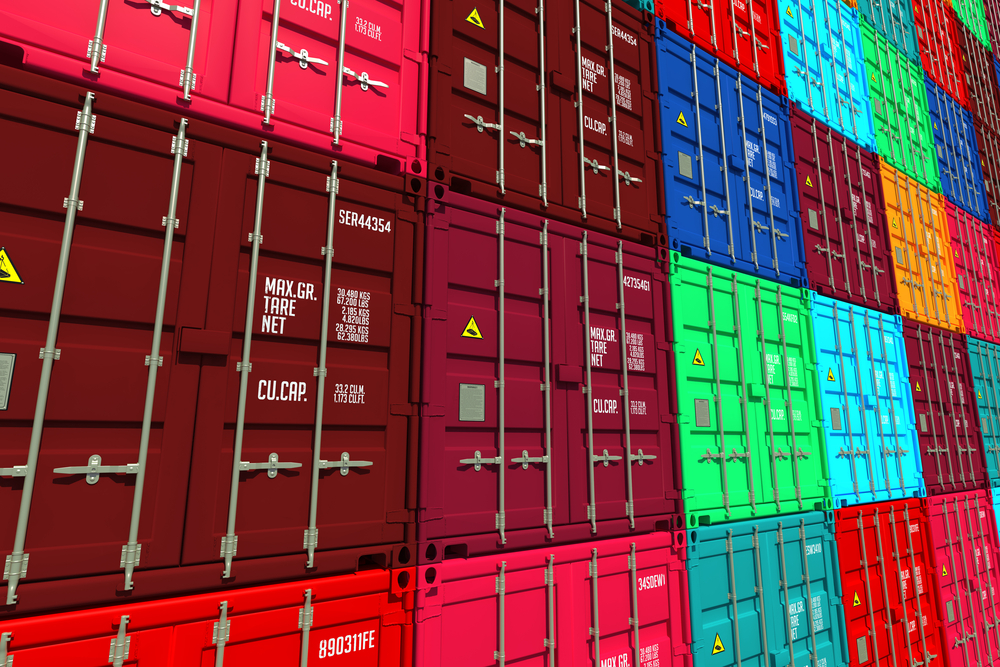In the first part of this blog series, I covered how to create a public relations strategy for supply chain success. In this part two, I’ll focus in on one of the most important parts of any PR strategy — content.
What kind of content do you need to achieve your supply chain PR and marketing goals? Where should you post it? How frequently? And what should you be talking about?
This article will address the construction and execution of a PR campaign. Keep reading to learn how to create the content your supply chain PR campaigns need to succeed.
What Is Content Marketing?
Content marketing is a strategy for attracting, engaging, and retaining an audience. It focuses on regularly posting content that your target audience finds valuable, on the social channels they use most frequently.
This is a more subtle form of advertising for your business. Content marketing seeks to provide value to your audience, not necessarily sell them on a product directly, although in some cases it may.
Your content marketing strategy may include:
- Blog posts and how-to guides
- Social media posts
- Videos
- Live streaming content, such as webinars
- Printed or printable materials
By creating great content and sharing it for free, you can increase your website traffic, build a larger email subscriber base, improve brand awareness, and drive more sales by creating a stronger relationship with potential customers.
Powerful Content Formats for Supply Chain and Logistics Companies
Your content marketing strategy should be based on the kinds of readers you want to attract. This means favoring types of content that your target audience is likely to read.
For supply chain and logistics companies, that means regularly sharing content under the following key pillars:
Case Studies
Case studies are written narratives that show how your business helped a specific client achieve an objective or overcome a problem. For example, if you run a transportation company, you might write about how a manufacturing client was spending too much on shipping and your business helped them bring their costs down.
The idea is to share real-world stories that show how your company helps its clients. This makes it easier for potential clients to see how you may be able to help them.
When creating case studies, write about scenarios that are common problems for your clients. That way, each study you write will appeal to the largest possible group of potential clients.
Industry Trend Reports
Industry trend reports are another highly effective form of content for supply chain and logistics companies. These are studies that share valuable information about the state of a particular industry.
For example, you might publish a report showing how the manufacturing industry has changed this year. You could also survey your clients and share the results.
The goal is to create data-driven reports that deliver value to your target audience. This can help you stand out as an authority in your industry and grow your audience, which should eventually lead to more sales.
Logistics Optimization Guides
You can also share how-to guides that teach clients new skills. A good place to start is by publishing logistics optimization guides. Clients and potential clients may read them to learn from your industry expertise.
Sharing how-to guides like these positions your company as a thought leader that people can trust. That’s great for your brand image and should help you build a loyal following of potential future clients.
LinkedIn Posts
Finally, it’s also smart to post on LinkedIn regularly if you’re a leader at a supply chain, transportation, or logistics company. The popular social media site has become a hub for informative posts written by working experts.
Sharing your industry thoughts and tips can help you build a following and meet people who make purchasing decisions for potential clients. Posting on LinkedIn will also expand the footprint of your content marketing strategy beyond your website, which may help you reach different people.
Building a Consistent and Engaging Content Calendar
Posting engaging material regularly is one of the most important parts of a successful content marketing strategy. Here are a few tips to help you do that.
Set Goals and Plan Ahead
You should begin by creating a content calendar. This will be the schedule you follow when posting content for the rest of the year.
The first step in making a content calendar is choosing your posting frequency. Try to post 10 or more blog posts or other articles per month, then adjust based on readership. You’ll also want to post on social media, such as X (formerly Twitter), at least a few times each week.
Once you know your goals, you can fill out your content calendar with post ideas in advance. That way, you always know exactly what you’ll be sharing with your audience next. You won’t have to rush to come up with ideas, and you can tease upcoming content.
Create Templates
It’s also smart to create templates for common types of posts. For example, you can come up with an outline that you use for every case study. You might also come up with a set of rules you follow for every blog post. These may be related to word count, search engine optimization (SEO) keywords, and formatting.
When you have templates set up, the act of creating new content becomes much less time-consuming. This makes it easier to keep up with your content calendar even during the busy season.
Use Content Multiple Times
It’s sometimes possible to use the same piece of content for multiple posts. For example, a case study you write can become a multi-part social media post. Finding opportunities like this can cut down on the amount of content you have to create from scratch, making it easier to keep up with your content calendar.
Consider Emerging Content Channels
Finally, consider using emerging business content distribution channels like YouTube and TikTok. These won’t be right for every supply chain or logistics business, but they can help you connect with a younger audience and build the foundation for your next generation of buyers.
Get More Out of Your Content
Creating compelling content is the first step toward building an effective content marketing strategy. But you’ll still need to make sure your target audience sees the content and chooses to engage with it.
That’s where Idea Grove comes in. We have nearly two decades of PR and marketing experience in the supply chain and logistics industries. We’ll leverage that expertise to help your content stand out so that your audience continues to grow.
Get in touch to learn more about how we can help and don’t forget to come back for part three of our blog series on digital marketing as part of supply chain, logistics, and transportation PR.

 6 min read
6 min read





 5 min read
5 min read

